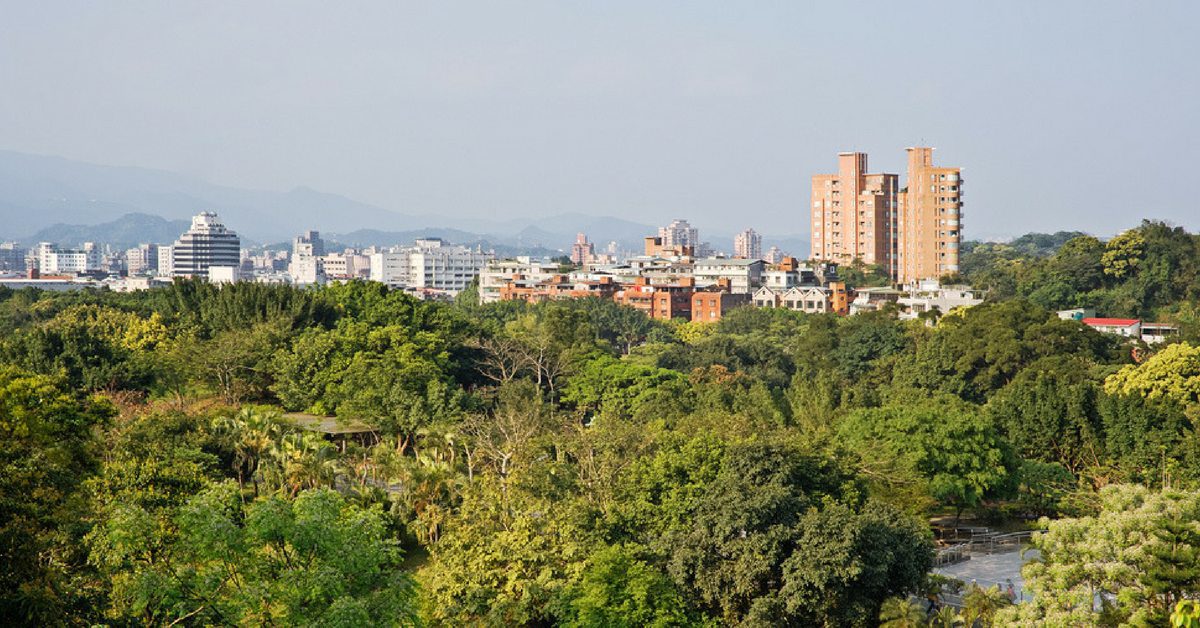In a move that could pose a grave danger to Mumbai’s climate and ecology, up to 3,500 trees may be cut in the city’s Aarey forests, to pave the way for upcoming projects – most notably, a car shed for the upcoming Mumbai Metro 3 line. The Aarey forests are a lush green oases in the concrete jungle, which not only help to tackle pollution and floods but also help to bring down temperature.
The Aarey forests have a rich biodiversity of flora and fauna, with over five lakh trees and is home to seven resident leopards and tribal hamlets housing original adivasis.
Documents accessed by an NGO under the RTI Act, also reveal that nearly 2,000 hectares of land under the Aarey Milk Colony, was transferred to the Sanjay Gandhi National Park (SGNP), which is protected under forest laws.
Environmentalists petition government, to stop Aarey’s commercial exploitation
Environmentalists, hence, have expressed alarm and termed the move to set up a parking lot for metro trains, by destroying a crucial green lung, as irresponsible. The consequences, vis-à-vis climate change could be devastating, they warn.
In a petition to the prime minister and Maharashtra’s chief minister through Change.org, environmental activists have been protesting against the commercialisation of Aarey. “The Save Aarey campaign has been requesting the government to relocate the (metro rail) car shed to an alternative location. Relocation will not affect the Metro 3 alignment in any way. Experts from NEERI and IIT have suggested Kanjurmarg, Backbay and Kalina as an option. They have clearly warned of the consequences that Mumbai will have to face, in terms of flooding and loss of open space and wildlife, if the depot is built in Aarey,” the petition reads.
See also: Aarey Colony metro carshed: Activists launch Chipko movement to protect trees
Aarey deforestation: Faulty planning to blame?
- Up to 3,500 trees may be cut due to the commercial utilisation of Aarey, causing grave danger to Mumbai’s ecology.
- The setting up of a car shed for the Mumbai Metro Line 3 at Aarey, would compromise the green cover in the area.
- NEERI and IIT have suggested Kanjurmarg, Backbay and Kalina as alternative options for the car shed site, which could let Aarey stay safe.
Builders call for balance between development and conservation
Aditya Kedia, managing director of Transcon Developers, admits that there is a constant conflict between development and the need to maintain green cover in the city. To find open spaces in Mumbai is a challenge. The only verdant green spaces left in the city of Mumbai, are Sanjay Gandhi National Park and Aarey, he says. “A metro car shed is nothing but a parking lot and service area for the trains. The proposed car shed for the Mumbai Metro 3 will be spread over 28 hectares. We need to understand that Mumbai is not a planned city. Its infrastructure, as of now, is unable to support the daily increase in population. Hence, the government will have to take some immediate calls, to fulfill the infrastructure needs, without affecting the green cover in the city,” Kedia cautions.
Parth Mehta, managing director, Paradigm Realty points out that Aarey, in Goregaon, is a magnet for nature lovers. The Mumbai Metropolitan Region Development Authority (MMRDA) and the Mumbai Metro Rail Corporation’s (MMRC’s) proposal for developing a metro car shed over 28 hectares, would lead to the uprooting of 2,298 trees. As indicated by the MMRDA, 2,044 of these trees could be re-planted, he says.
“Even if we manage to replant the trees, what will be the changes to the layers of environment that gives Aarey its uniqueness? Have these been considered? Several alternatives have been proposed for the car shed, involving minimum environmental damage. However, if we make the mistake of destroying Aarey, we could witness more floods in Mumbai, along with the irreparable loss of open space and natural life in Aarey and Mumbai,” concludes Mehta.
(The writer is CEO, Track2Realty)

Ravi Sinha is a journalist with nearly two decades of cross-discipline media exposure. He is the CEO of real estate think-tank group Track2Realty. He has been writing extensively on the real estate sector for nearly a decade. Evaluation of real estate brand performance is his expertise and he has immense insight into consumers’ psychograph in the property market.
Twitter: https://twitter.com/ravitrack2media











